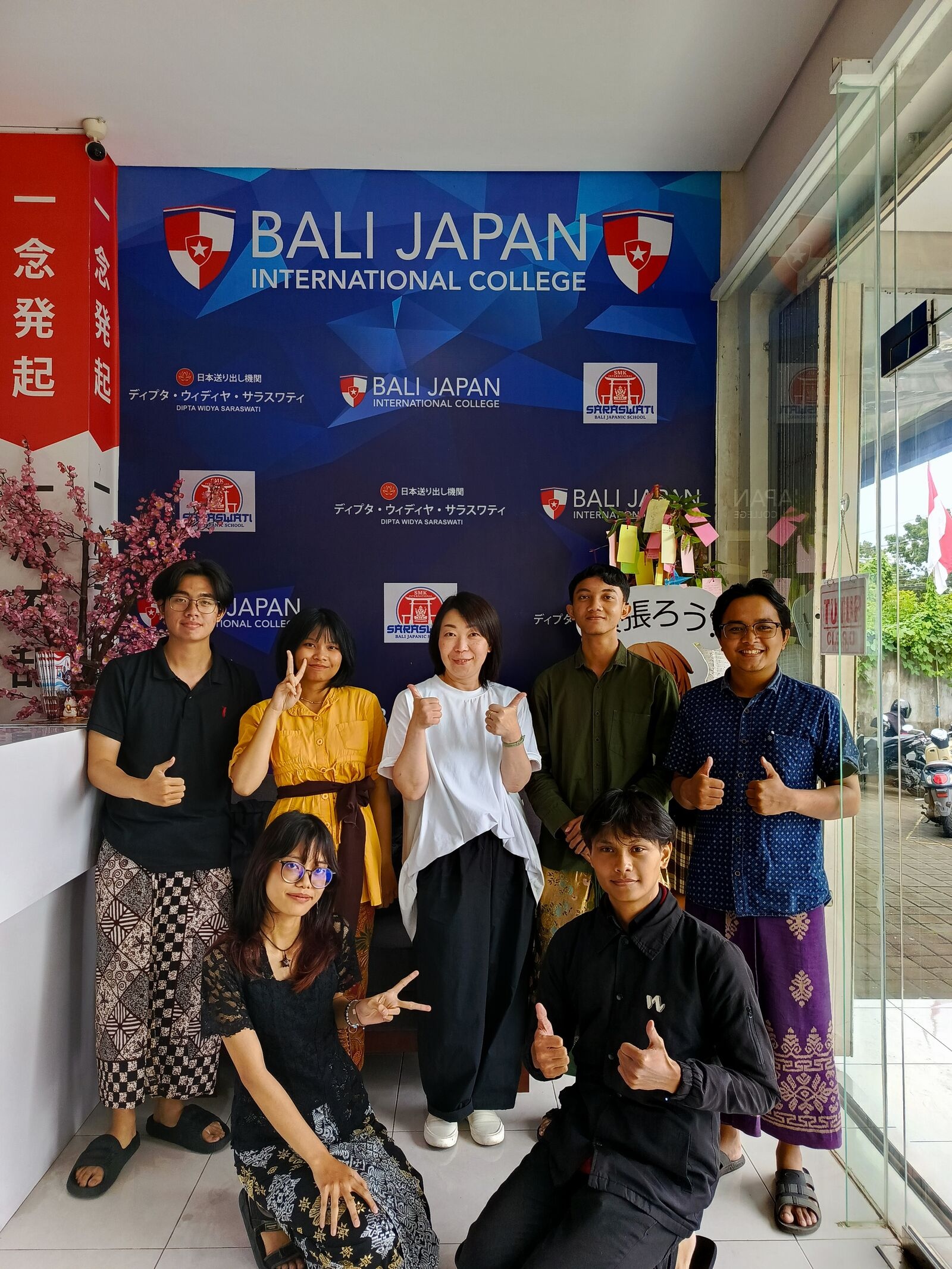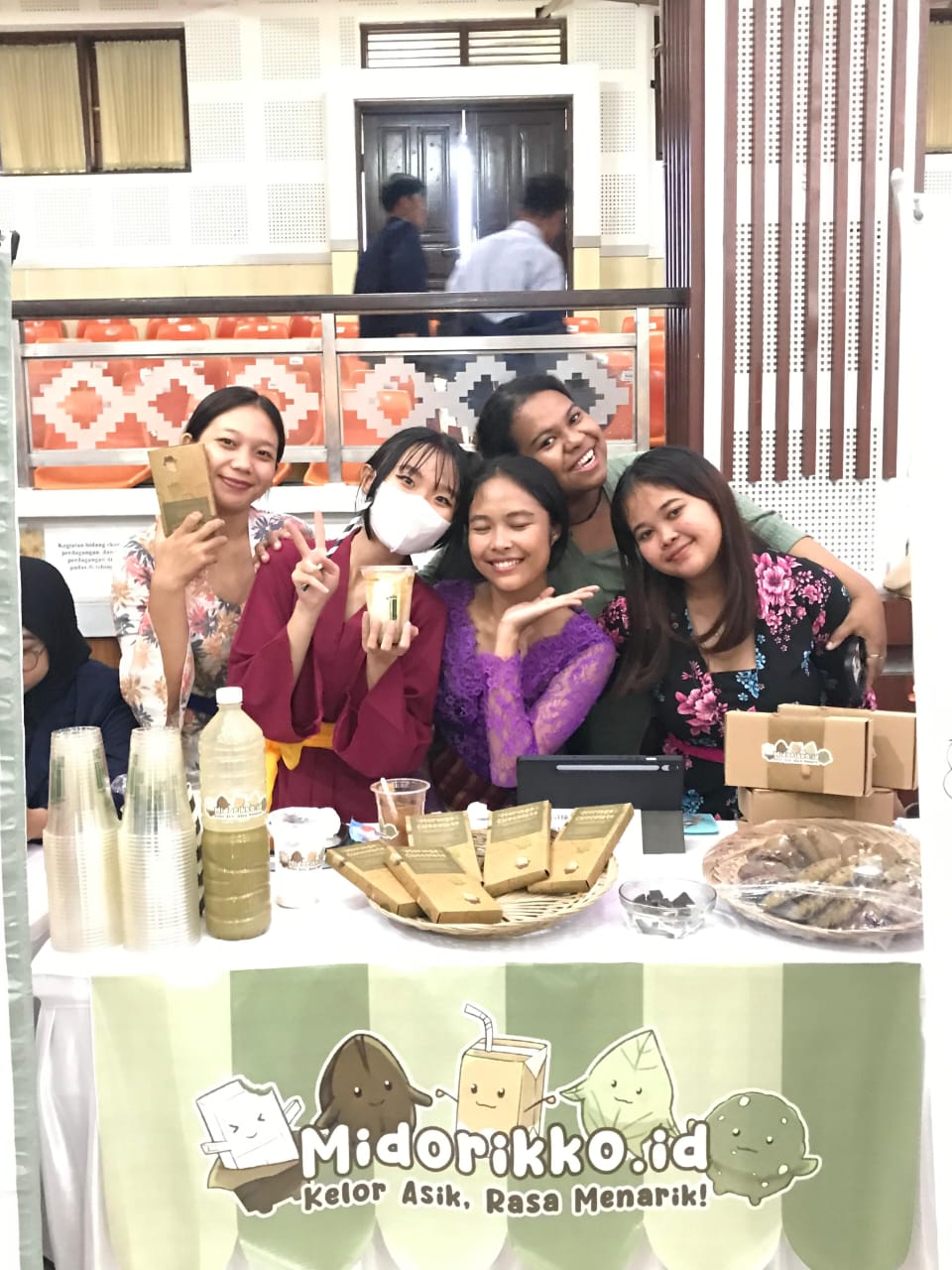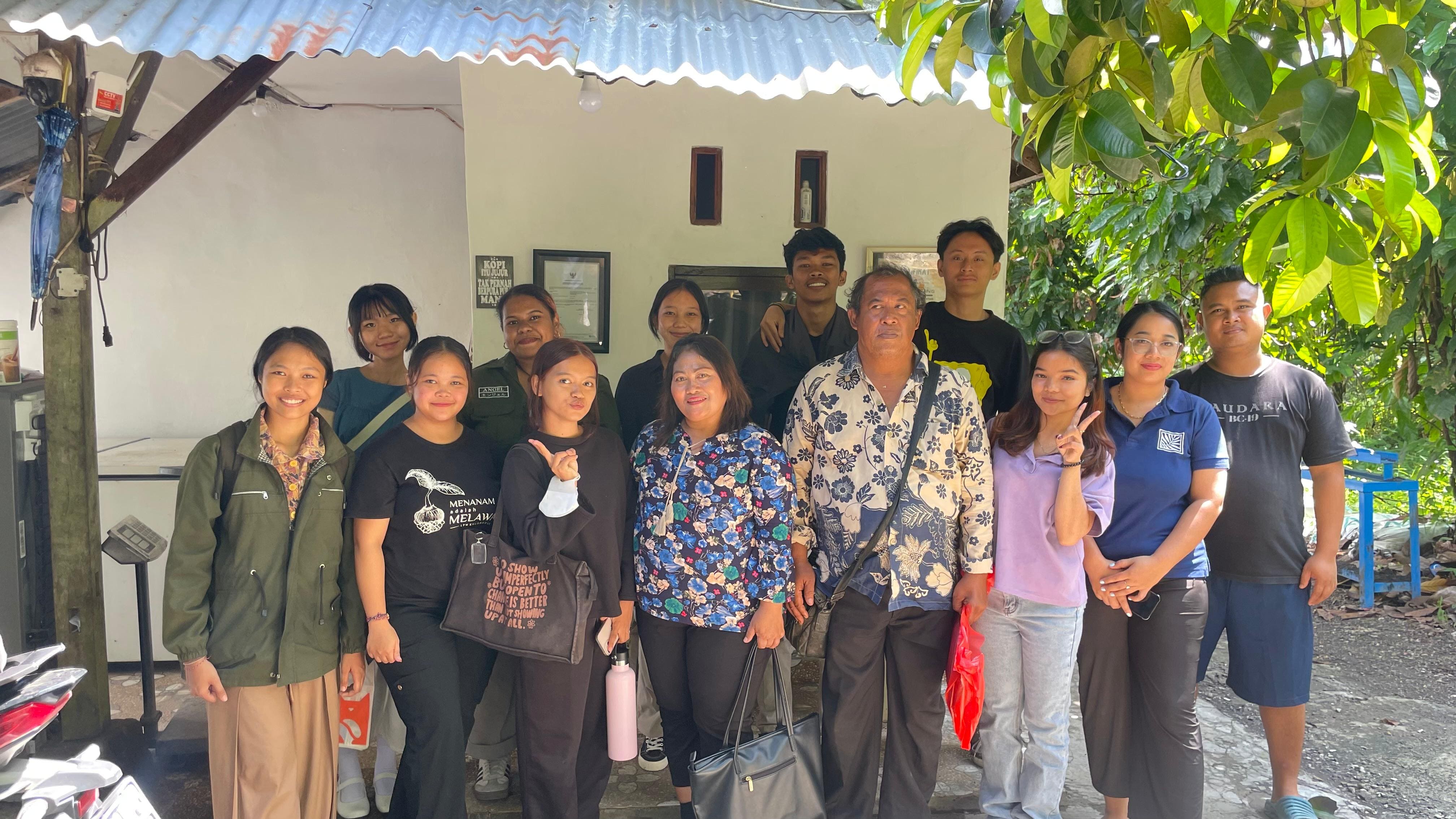日本文化と防災教育 (Japanese Culture and Disaster Prevention Education)
The Japanese Literature Study Program once again held a public lecture entitled 日本文化と防災教育 (Japanese Culture and Disaster Prevention Education). The public lecture presented two speakers from Kinki University and Iwate Kenritsu University, Japan. The two speakers were Okano Hideyuki and Sugiyasu Kazuya. The activity, which was opened to all students of the Japanese Literature Study Program, was held on Wednesday (28/12) in the Ir. Soekarno Room, Faculty of Cultural Sciences.
The activity was opened by Mr. I Made Budiana, S.S., M.Hum., with thanks and a brief introduction to lecturers Okano Hideyuki and Sugiyasu Kazuya. Mr. I Made Budiana said that this public lecture can open students' insights about Japanese culture and models of handling or education about disasters directly by experts. It is hoped that this activity can run well and provide benefits for students who follow it.
On this occasion, Okano Hideyuki explained about Japanese culture related to the school environment. Okano sensei introduced the culture of Japanese students when starting learning with the greeting they give to the teacher. The students also practiced the greeting led by one of the students as the class leader. In addition, Okano Sensei also compared the culture of various Asian countries with Japan. During the lesson, Okano Sensei actively asked the students about the culture in Bali.
Unlike Okano sensei, Sugiyasu sensei explained a different theme, which is about disaster prevention education. Sugiyasu sensei explained how disasters occur in Japan and what countermeasures are implemented both by the government and the community. He also showed the similarities and differences between disaster management in Japan and Indonesia. From these countermeasures, he explained the advantages and disadvantages for the environment and society. In addition, Sugiyasu sensei also showed how different sign gathering points when a disaster occurs in several countries, so that students can understand when traveling abroad.
Before closing this public lecture, students were given the opportunity to ask questions about the two materials that had been presented. In this session, there were several questions submitted, and were immediately answered well by both sensei. After that, the activity was closed with a group photo.



UDAYANA UNIVERSITY